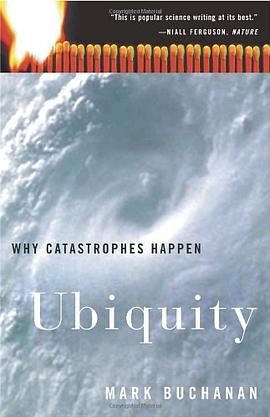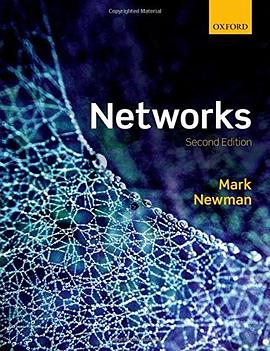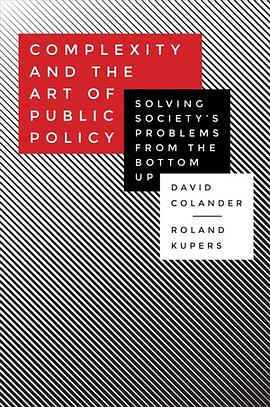

具体描述
Why do catastrophes happen? What sets off earthquakes, for example? What about mass extinctions of species? The outbreak of major wars? Massive traffic jams that seem to appear out of nowhere? Why does the stock market periodically suffer dramatic crashes? Why do some forest fires become superheated infernos that rage totally out of control?
Experts have never been able to explain the causes of any of these disasters. Now scientists have discovered that these seemingly unrelated cataclysms, both natural and human, almost certainly all happen for one fundamental reason. More than that, there is not and never will be any way to predict them.
Critically acclaimed science journalist Mark Buchanan tells the fascinating story of the discovery that there is a natural structure of instability woven into the fabric of our world. From humble beginnings studying the physics of sandpiles, scientists have learned that an astonishing range of things–Earth’s crust, cars on a highway, the market for stocks, and the tightly woven networks of human society–have a natural tendency to organize themselves into what’s called the “critical state,” in which they are poised on what Buchanan describes as the “knife-edge of instability.” The more places scientists have looked for the critical state, the more places they’ve found it, and some believe that the pervasiveness of instability must now be seen as a fundamental feature of our world.
Ubiquity is packed with stories of real-life catastrophes, such as the huge earthquake that in 1995 hit Kobe, Japan, killing 5,000 people; the forest fires that ravaged Yellowstone National Park in 1988; the stock market crash of 1987; the mass extinction that killed off the dinosaurs; and the outbreak of World War I. Combining literary flair with scientific rigor, Buchanan introduces the researchers who have pieced together the evidence of the critical state, explaining their ingenious work and unexpected insights in beautifully lucid prose.
At the dawn of this new century, Buchanan reveals, we are witnessing the emergence of an extraordinarily powerful new field of science that will help us comprehend the bewildering and unruly rhythms that dominate our lives and may even lead to a true science of the dynamics of human culture and history.
From the Hardcover edition.
作者简介
MARK BUCHANAN is a science writer who has worked on the editorial staff of Nature and as a features editor for New Scientist. He earned a Ph.D. in theoretical physics from the University of Virginia. He is also the author of Nexus, The Social Atom and Forecast.
目录信息
读后感
首先,让人崩溃的是,书面上的那个英文压根不是英文书名。从中文也根本无法猜到英文书名是Ubiquity: Why Catastrophes Happen。这似乎也预示了本书的阅读体验。 从译本中,可以感觉到原作非常具有科普文学的趣味性和严谨性。原作者旁征博引,深入简出,飞梭在很多个学科的经纬...
评分英文版两个版本,书名是Ubiquity: Why Catastrophes Happen?普遍法则:毁灭发生的原因;The Science of History . . . or Why the World Is Simpler Than We Think,历史的科学或为什么世界比我们想象的简单。 这是一本探讨复杂系统大毁灭的普遍现象的科普,采用的解释是自组织...
评分 评分译者明显没有物理学背景,书里面好多名词、人名都翻译得莫名其妙,连薛定谔、麦克斯韦这样的名字都翻译得不知道是谁。专业名词错误也是比比皆是,相变被翻译成“阶段转移”,真够奇葩。地名也有错误,比如康奈尔大学
评分一切是那么的不可预测,重大事件的发生并不一定有什么特殊的原因,就发生的原因这一条来看,同平凡的小事处于同等地位 但是,历史事件之间又有某种深层次的普遍共性,那就是能量法则 我们处在一个规则与混沌的区间合集里,区分他们的就是临界,作者这本书的贡献 但是,我们怎么...
用户评价
看世界看历史看市场有一个新角度
评分another book on complexity, with many examples.
评分another book on complexity, with many examples.
评分看世界看历史看市场有一个新角度
评分another book on complexity, with many examples.
相关图书
本站所有内容均为互联网搜索引擎提供的公开搜索信息,本站不存储任何数据与内容,任何内容与数据均与本站无关,如有需要请联系相关搜索引擎包括但不限于百度,google,bing,sogou 等
© 2025 book.wenda123.org All Rights Reserved. 图书目录大全 版权所有




















